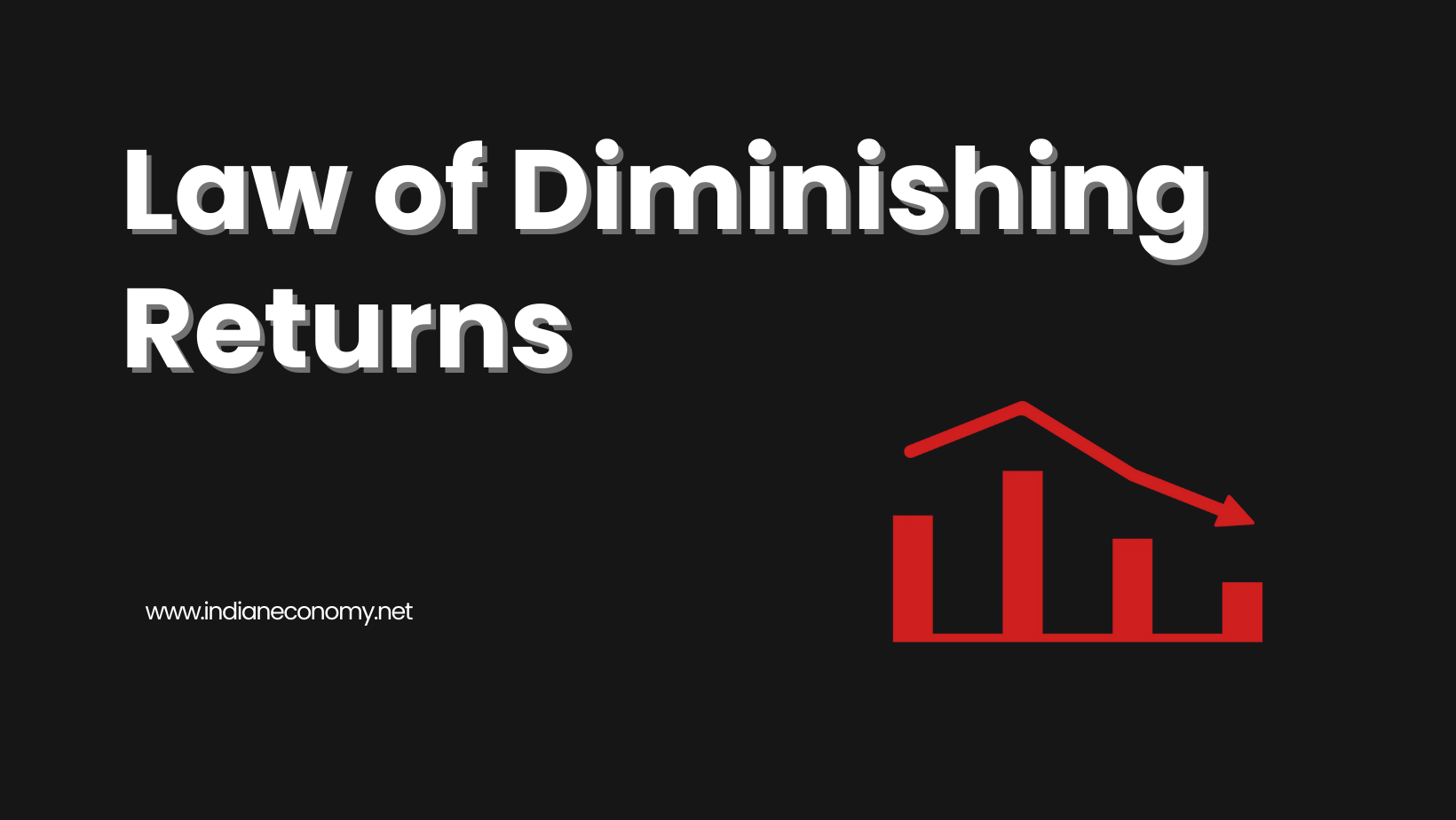Economics is full of fundamental principles and laws that help to understand the rationale behind economic activities. One such important theorem is the Law of Diminishing Returns. Let us understand the concept through an example.
Suppose you are the owner of a bread-making factory, and you have been using the same machinery and technology for about five years, which essentially means that your capital and technology remain constant. However, you decide to hire more and more labour to work in your factory to produce bread. Now, the question arises: Will increasing the number of laborers, without any changes to the machinery or other factors, result in a proportional increase in bread production?
Initially, as you hire more labour, you observe that the bread production indeed goes up with each additional worker. However, as you continue to increase the number of laborers, you start notice that the increase in output decreases consistently. Or we can say that there is diminishing returns (from additional labour deployment). This means that while the total bread production keeps increasing, the additional output or productivity gained from each additional labourer becomes smaller and smaller. This phenomenon is called Diminishing Returns.
Effectively, there is limitation in increasing the level of output by increasing labour and without increasing other factors like a higher capacity plant etc. The increased output is mainly due to increased labour deployment as other factors remains unchanged.
| Labor (Number of Workers) | Output (Number of Loaves of Bread) | Average Product |
| 1 | 10 | 10.0 |
| 2 | 25 | 12.5 |
| 3 | 40 | 13.3 |
| 4 | 50 | 12.5 |
| 5 | 55 | 11.0 |
| 6 | 57 | 9.5 |
| 7 | 58 | 8.3 |
| 8 | 58 | 7.3 |
| 9 | 57 | 6.3 |
| 10 | 55 | 5.5 |
The Law of Diminishing Returns-definition
The Law of Diminishing Returns states that in a production process, when we increase the usage of a specific factor (e.g., labour), there comes a point where the additional deployment of that factor leads to smaller and smaller increments in the output produced. Put simply, as we increase the quantity of a particular factor, its productivity or benefits start to decrease after a certain threshold.
This principle is sometimes referred to as the Law of Diminishing Marginal Returns or simply Diminishing Returns.
Source: Law of Diminishing Returns- Science Direct.










